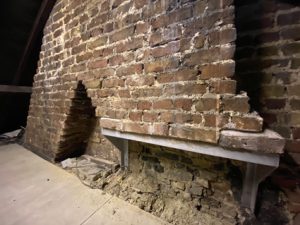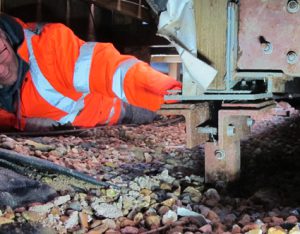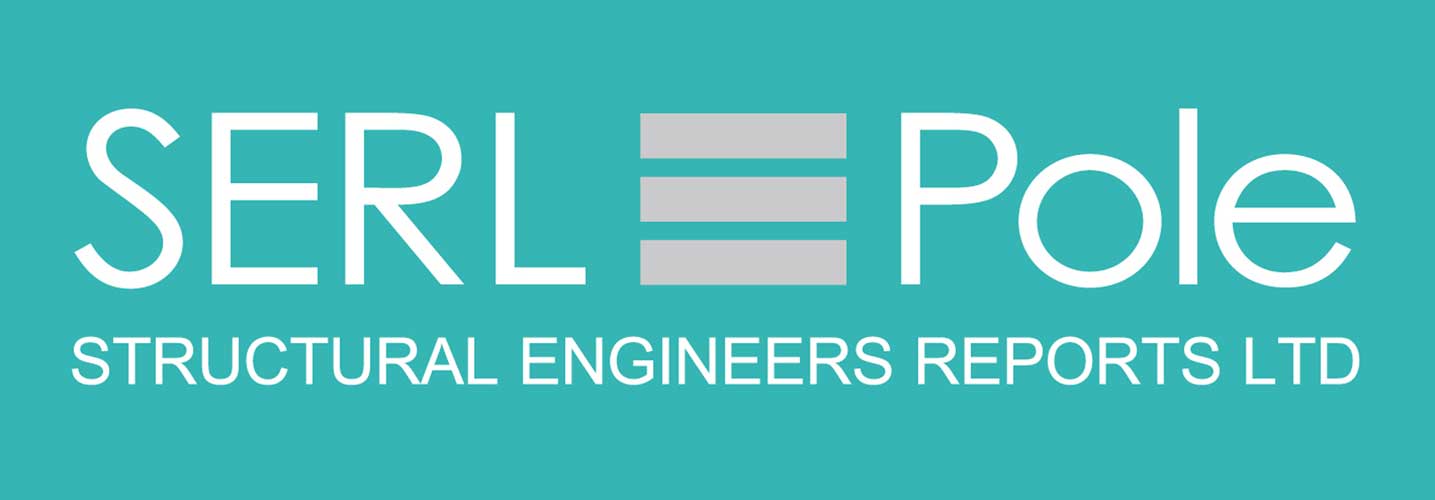Floors and roof structures can be an issue on occasions so are inspected when appropriate.
Where flats are concerned it is rarely practical to gain access to other flats or gardens beyond the subject property.
All inspections by our structural engineering consultants are visual only. We don’t carry out any intrusive exploratory works as part of the initial visit and report. In rare instances follow up exploratory work might be recommended but this is rarely practical at point of sale.
We are used to having to report decisively in the moment without any invasive work or protracted monitoring.
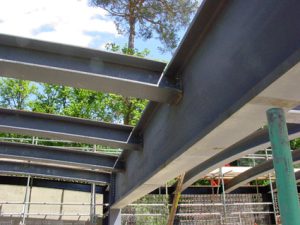
Cracks which are tapered, normally wider at the top than bottom are more likely to result from foundation movement of some sort.
Cracks which are old or dormant can be repaired easily and inexpensively.
Cracks which are ongoing are those which concern surveyors, mortgage lenders and insurers, because they might lead to something more expensive to repair in the future and make the property more difficult to re-sell.
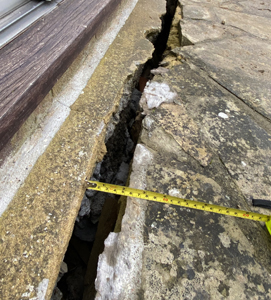
Subsidence on the other hand is when the soil mass (usually clay in the Home Counties) shrinks and moves downwards, withdrawing support of the building above. This commonly occurs due to tree roots sucking moisture from the clay in dry summers.
We cannot control subsidence (within reason) which makes it an insurable risk.
Settlement however is normally a latent defect, either in period houses or badly designed modern houses, extension or conservatories with inadequate foundations, so is not an insured risk.
A heavy office block might not “settle” when it has strong foundations.
Conversely, a lightweight conservatory or extension might still “subside” because although the soil is strong, it can also shrink and subside if not deep enough and if tree roots grow beneath the foundations (clay soils). For more detailed information click here>
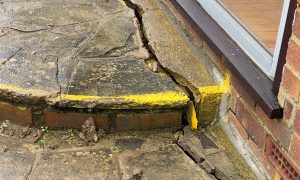
- Damage has occurred during your time of insuring/owning the property. They will not be interested in previous movement which could have been “claimed” by previous owners/insurers.
- The movement is clearly the result of subsidence i.e. something we cannot reasonably expect to control such as excessively dry summers (clay soils) or leaking drains (loose soils). They will not cover bad design or poor workmanship if a recent extension has inadequate foundations.
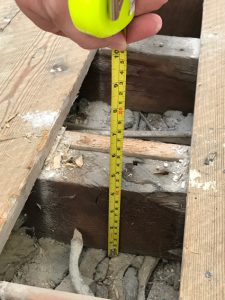
The figures are not precise and are an estimate not a quotation, as we are not builders or quantity surveyors. A detailed specification of works would be needed for the works to be costed accurately. However, approximate costs are normally sufficient to inform buying and selling decisions and how to proceed.
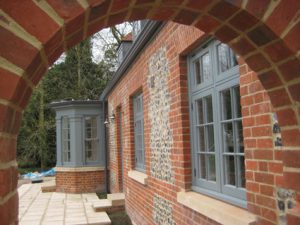
We can also recommend specialist companies for structural repairs such as cracks in a wall, as these should not be undertaken by decorators or general tradespeople. We can also recommend architects and other professionals, from our 30 years of designing and working on a vast range of property extensions, alterations, renovations and new builds. See Structural Design.
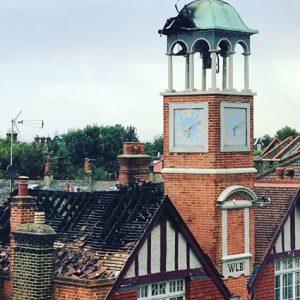
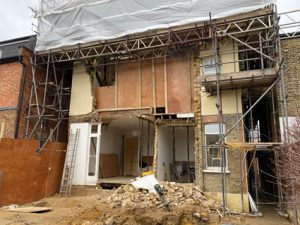
Certificates are sometimes issued by the main contractor or builder or by the loss adjuster overseeing the works. They are a convenient way of summarising the general certification process BUT are not Guarantees, Certificates of warranty or insurance policy.
Certificates are not normally issued in conjunction with structural engineers’ reports however we can now provide a Certificate Of Structural Adequacy where we have carried out a full General Movement Report and found the property to be "Structurally Adequate". This is subject to additional fees however and adds value and confidence to the property but to be clear is no more than a single sheet summary of our report. The lending Institutions and valuation Surveyors are however very keen on them and they are sometimes a requirement.
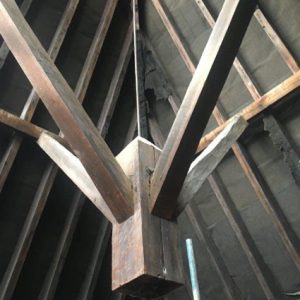
- Level 1 Valuation Surveys; for the benefit of the Bank chiefly and normally carried out by approved “panel” surveyors who will also be pleased to separately carry out Homebuyers (level2) or Building Surveys (level3) for you.
- Level 2 homebuyers Reports; these are fairly extensive and suitable for the majority of properties if in reasonable condition. They use a simple to follow traffic light system to colour code matters needing serious attention.
- Level 3 Building Surveys; these are for larger, or poor condition properties or simply when you require the most comprehensive opinions from a Chartered Surveyor. Sometimes these are carried out by specialist Chartered Building Surveyors.
Note Building Surveys are still sometimes incorrectly called full structural surveys. This term should no longer be used as it conveys a suggestion of structural specialism where there is none, hence our involvement when required.
